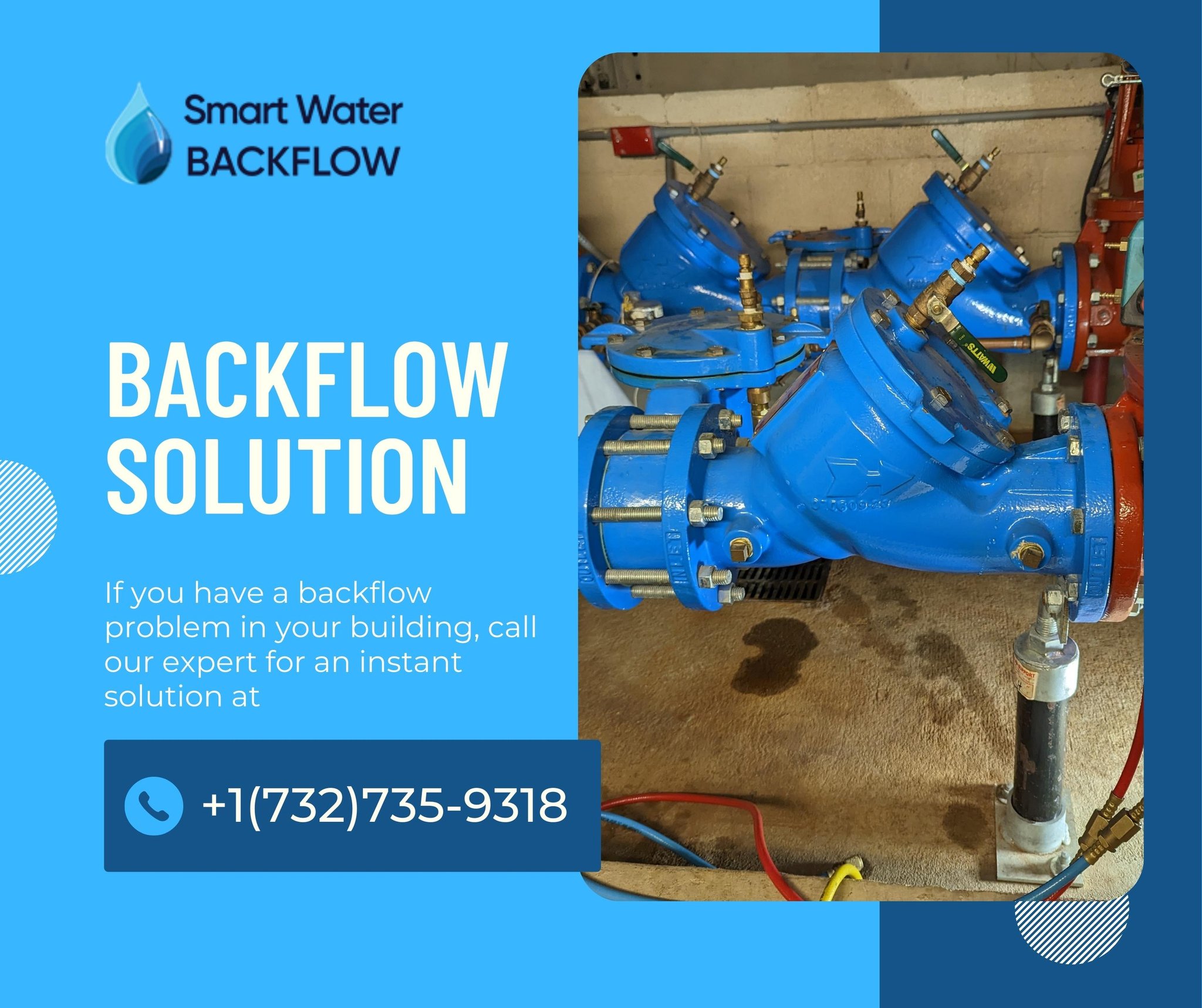Bye-bye Backflow: Effective Solutions for Safe Plumbing

Backflow is a severe issue with plumbing systems that can result in contaminated potable water and put people at risk for health problems. When the water flow reverses, potentially contaminated water can flow back into the clean water supply, jeopardizing its quality. Thus, it is essential to practice workable ways to stop backflow and guarantee the security of our plumbing systems. This article will explore reliable methods for backflow solution and protect our water supply.
Understanding Backflow
Backflow occurs when there is a sudden change in pressure within the plumbing system, causing water to flow in the opposite direction. This reversal can happen for various reasons, such as a burst pipe, high demand on the water system, or a drop in water pressure from the municipal supply. When backflow occurs, the risk of contaminants, such as chemicals, bacteria, or wastewater, entering the clean water supply becomes a reality.
Backflow Prevention Devices
Installing backflow prevention devices is one of the most effective ways to prevent backflow. These devices allow water to flow in only one direction, preventing reverse flow. There are different types of backflow prevention devices available, including:
Air Gaps: An air gap is a physical separation between the water supply and a potentially contaminated source. It is the most reliable method to prevent backflow, eliminating any connection between the two water streams.
Reduced Pressure Zone (RPZ) Valves: RPZ valves use a complex mechanism to maintain higher pressure in the water supply than in the potentially contaminated source. This setup prevents any backflow from occurring.
Double Check Valves: Double check valves consist of two check valves arranged in series, providing added protection against backflow. These valves are commonly used in residential and commercial buildings.
Regular Maintenance and Testing
Installing backflow prevention devices alone is not sufficient. Regular maintenance and testing are essential to ensure their proper functioning. These devices should be inspected annually by certified professionals to verify that they are in good working condition. Additionally, routine testing from time to time can help measure pressure differentials and ensure that the backflow prevention devices effectively protect the water supply.
Comprehensive Plumbing System Design
An effective backflow prevention strategy begins with a well-designed plumbing system. Plumbing engineers and professionals play a crucial role in developing systems that minimize the risk of backflow. Appropriately sized pipes, adequate pressure control, and strategic valve placement are all factors to consider during the design phase. By considering potential backflow scenarios and incorporating preventive measures from the start, the overall safety and integrity of the plumbing system can be significantly enhanced.
Public Awareness and Education
Raising public awareness about the importance of backflow prevention is vital for maintaining a safe water supply. Education campaigns should target homeowners, business owners, and building managers to emphasize the risks associated with backflow and the necessity of installing backflow prevention devices. Public utilities, health departments, and plumbing associations can collaborate to promote the understanding of backflow prevention measures and provide resources for implementation.
Preventing backflow is crucial to maintaining a safe and reliable water supply. For the health and well-being of individuals and the development of resilient and sustainable communities, it is crucial to maintain the quality of our water supply. Let’s adopt these effective solutions and finally say goodbye to backflow.
Looking for an ‘RPZ backflow preventer near me’, contact us and ensure there is no backflow issues in your plumbing system.
Leave a Reply